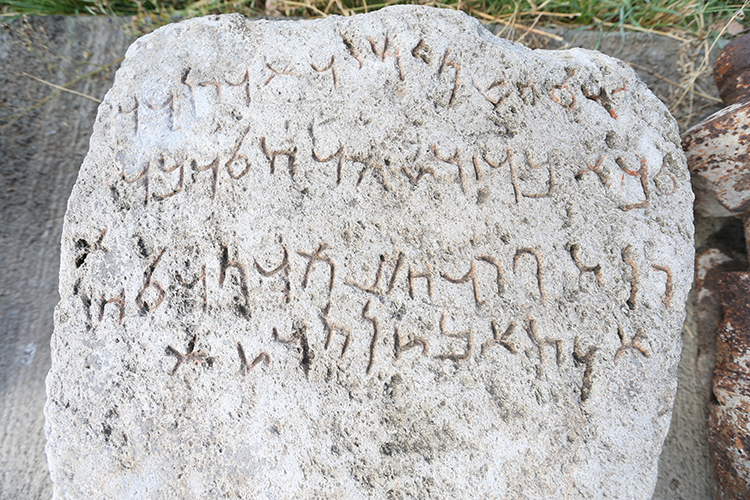
Rare Aramaic Inscription Discovered in Rural Ardahan Undergoes Expert Analysis in Kars Museum
A rare Aramaic inscription uncovered in a remote village in Ardahan has been transferred to the Kars Archaeology and Ethnography Museum, where specialists have begun a full epigraphic assessment. The stone, preserved in remarkably good condition, represents the first documented example of an Aramaic text from the Kars–Ardahan highlands — a discovery that is already prompting scholars to reconsider cultural interactions along the northeastern frontier of Türkiye.
A New Linguistic Layer for Eastern Anatolia
Museum specialists note that the inscription likely belongs to the broader cultural environment of the late Hellenistic era. Early readings suggest that Aramaic circulated through ancient Near Eastern communication networks connecting eastern Anatolia with northern Mesopotamia, which may explain how a Semitic script reached the Kars–Ardahan highlands for the first time. Researchers say the stone’s language alone signals a much wider cultural exchange zone than previously assumed for the region.
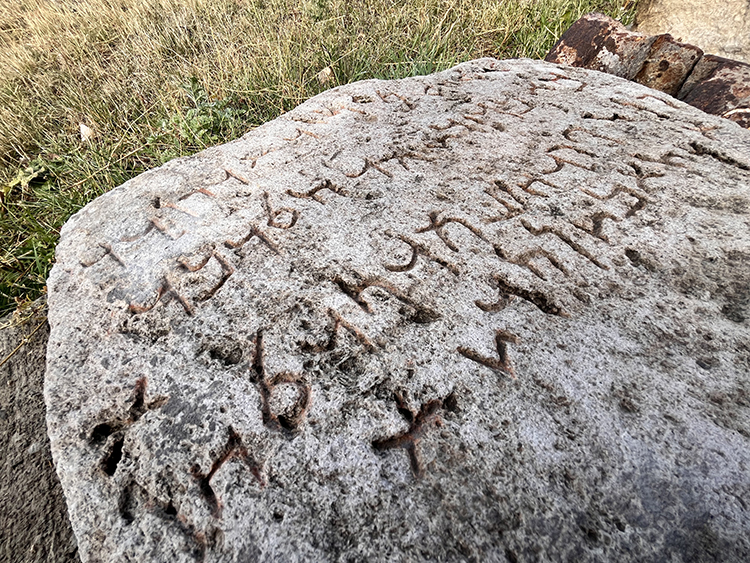
Early Transcription Indicates a Link to the Seleucid World
According to the museum’s research team, the first transcription reveals a name associated with the Seleucid cultural sphere, possibly referring to Artaksiad — believed to be among the earliest rulers of that lineage. His reign spans roughly from the late 2nd century BCE to the early 1st century CE, a transformative period marked by shifting power dynamics between the Seleucids, emerging Armenian polities, and the expanding Roman presence in the region.

Could the Stone Be a Boundary Marker?
Experts also consider the possibility that the stone served as a territorial boundary marker in eastern Anatolia, a function supported by parallels from Iğdır and the northern Mesopotamian frontier. During this period, rulers often used inscribed stones or carved rock faces to define political borders, regulate local administration, or mark village territories. The Ardahan example fits this broader administrative tradition, though final confirmation awaits a complete epigraphic reading.
📣 Our WhatsApp channel is now LIVE! Stay up-to-date with the latest news and updates, just click here to follow us on WhatsApp and never miss a thing!!
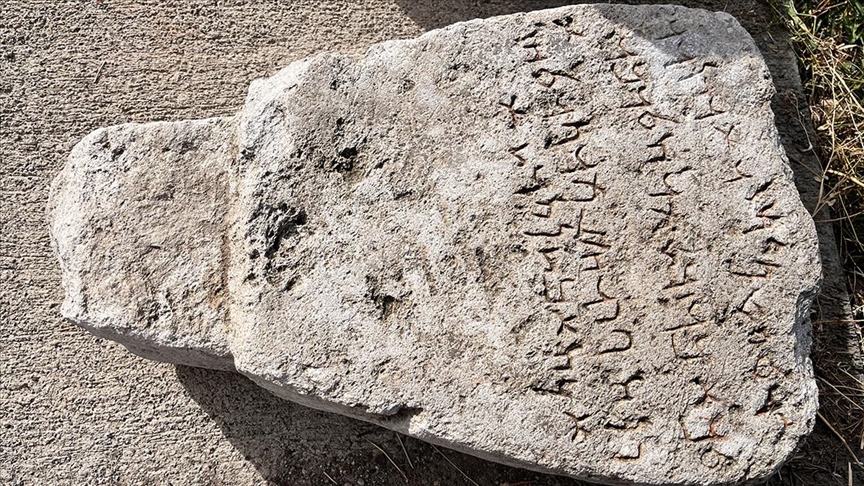
Toward Full Decipherment and Display
Once the transcription is finalized, the stone will be added to the museum’s official inventory and prepared for public display. If confirmed, it will represent the earliest Aramaic textual evidence from the Kars–Ardahan highlands, enriching our understanding of cross-regional cultural dynamics and highlighting the strategic importance of this highland corridor in antiquity.
Cover Photo: Close view of the Aramaic inscription discovered in rural Ardahan, showing the carved lines on the stone surface. Credit: AA.
You may also like
- A 1700-year-old statue of Pan unearthed during the excavations at Polyeuktos in İstanbul
- The granary was found in the ancient city of Sebaste, founded by the first Roman emperor Augustus
- Donalar Kale Kapı Rock Tomb or Donalar Rock Tomb
- Theater emerges as works continue in ancient city of Perinthos
- Urartian King Argishti’s bronze shield revealed the name of an unknown country
- The religious center of Lycia, the ancient city of Letoon
- Who were the Luwians?
- A new study brings a fresh perspective on the Anatolian origin of the Indo-European languages
- Perhaps the oldest thermal treatment center in the world, which has been in continuous use for 2000 years -Basilica Therma Roman Bath or King’s Daughter-
- The largest synagogue of the ancient world, located in the ancient city of Sardis, is being restored



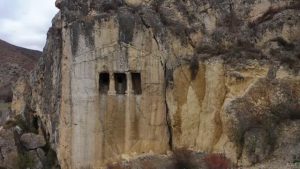

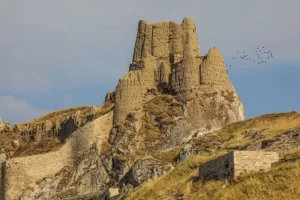
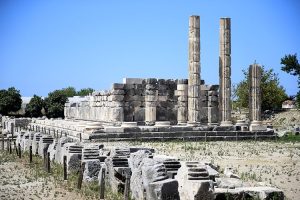



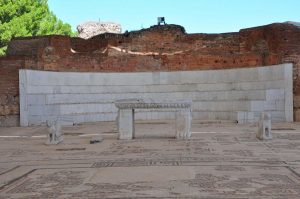
Leave a Reply